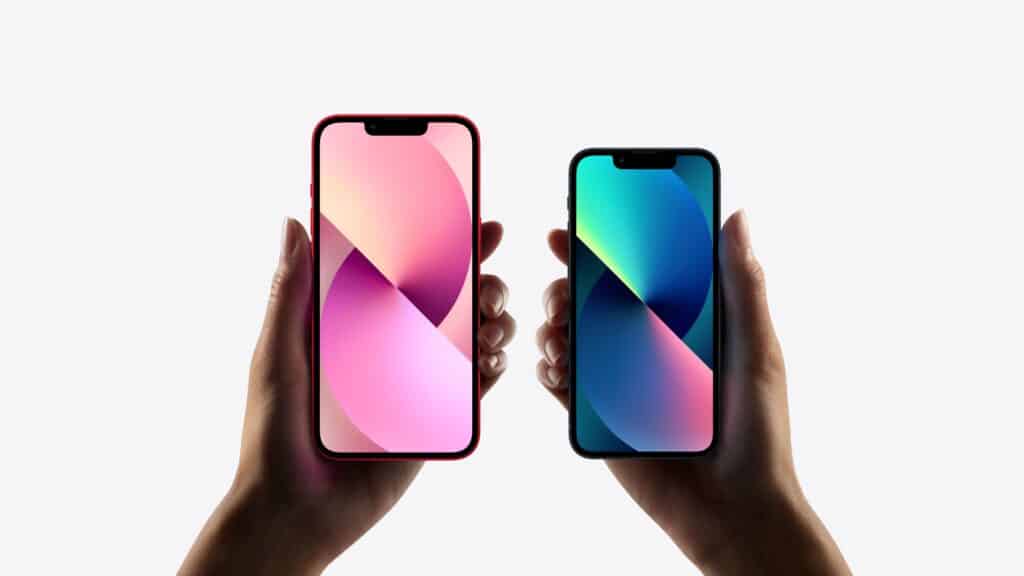Here are the steps on how to edit text on an iPhone:
1. Select the Text:
- To select a single word: Double-tap the word.
- To select a paragraph: Triple-tap anywhere within the paragraph.
- To select a specific portion of text: Tap and hold your finger on a word until the selection handles appear (two blue dots). Then, drag the handles to expand or shrink the selection to include the text you want to edit.
- To select all text: After the selection handles appear, tap “Select All” in the pop-up menu.
2. Access Editing Options:
Once text is selected, a small pop-up menu will appear directly above or below the selected text. This menu contains your editing options.
3. Use the Editing Options:
The pop-up menu typically includes the following options:
- Cut: Removes the selected text and copies it to your clipboard.
- Copy: Copies the selected text to your clipboard without removing it.
- Paste: Inserts text from your clipboard at the current cursor position or replaces selected text with the clipboard content.
- Bold/Italic/Underline (B/I/U): Applies or removes bold, italic, or underline formatting to the selected text. Tap this option to reveal a sub-menu for these choices.
- Share: Allows you to share the selected text with other apps or services.
- Look Up: Provides definitions, synonyms, and other information for the selected text.
- Speak: Reads the selected text aloud.
4. Move the Cursor:
- Tap and hold: To precisely move the cursor, tap and hold your finger on the text until the magnifier appears. Drag your finger to position the cursor where you want it.
- Space bar as trackpad (for newer iPhones): On some iPhone models, you can press and hold the space bar on the keyboard to turn the keyboard into a trackpad, allowing you to move the cursor with more precision by dragging your finger across the keyboard.
5. Delete Text:
- Delete selected text: Select the text you want to delete and then tap “Cut” in the pop-up menu, or simply tap the backspace/delete key on the keyboard.
- Delete character by character: Place the cursor next to the text you want to delete and tap the backspace/delete key on the keyboard.
6. Undo/Redo:
- Shake to Undo: Gently shake your iPhone to bring up an “Undo Typing” prompt. Tap “Undo” to reverse your last action. You can repeat this to undo multiple actions.
- Three-finger tap (newer iPhones): On some iPhone models, you can tap the screen with three fingers to reveal a small toolbar at the top with undo and redo arrows.
- Three-finger swipe (newer iPhones): Swipe left with three fingers to undo, and swipe right with three fingers to redo.
These steps cover the most common ways to edit text on your iPhone.
How to Undo on iPhone
Here are the common ways to undo an action on your iPhone:
1. Shake to Undo (Most Common Method):
This is the classic and often most intuitive way to undo on an iPhone.
- After you’ve performed an action (like typing, deleting text, or moving an item), gently shake your iPhone from side to side.
- A pop-up window will appear at the top of your screen asking “Undo Typing” (or “Undo [Action Name]”).
- Tap “Undo” to reverse the last action.
- You can often shake again to undo further actions, depending on the app.
2. Three-Finger Tap Gesture (On Newer iPhones with iOS 13 and later):
This method provides a visual toolbar for undo and redo.
- After performing an action, tap the screen with three fingers simultaneously.
- A small toolbar will appear at the top of your screen with an undo arrow (pointing left) and a redo arrow (pointing right).
- Tap the undo arrow to reverse your last action.
- Tap the redo arrow to re-apply an undone action.
3. Three-Finger Swipe Gestures (On Newer iPhones with iOS 13 and later):
These are quick gestures for undo and redo without a visible toolbar initially.
- To undo, swipe from right to left across the screen with three fingers.
- To redo, swipe from left to right across the screen with three fingers.
Important Notes:
- App Compatibility: While these methods work in most Apple apps (like Notes, Mail, Messages, Safari, Pages) and many third-party apps, not all apps fully support all undo gestures.
- Context-Sensitive: The “Undo” prompt you see (e.g., “Undo Typing,” “Undo Paste”) will vary depending on the action you just performed.
- Limitations: Undo typically only reverses the most recent action or a limited number of recent actions. You can’t usually undo actions from a long time ago or across different app sessions.
Editing Sent Text Messages
Since the release of iOS 16, iPhone users can edit sent text messages within 15 minutes, up to five times. Just tap and hold the message to make corrections—great for fixing typos or unfinished thoughts. This feature makes conversations clearer and more flexible, as long as both users have compatible iOS versions. It’s a simple but powerful update that improves messaging across iPhones.
Key Takeaways
- iPhone users can edit sent text messages in iOS 16.
- Edits can be made up to five times within 15 minutes after sending.
- Both sender and receiver must have compatible iOS versions for edits to sync.
Editing and Managing Text Messages
With the advent of iOS 16, iPhone users gained the flexibility to revise text messages after hitting send. This powerful feature is limited to iMessages and includes options to unsend or edit messages soon after they’re sent.
Using the Messages App
To begin managing your texts, open the Messages app. It’s where all your text conversations are stored and where you can make changes to the messages you’ve sent.
Editing Sent Messages
When you need to correct a typo or rephrase a sent message, press and hold the message bubble. Choose ‘Edit’ from the options that appear. Make your changes and tap the checkmark to save. Remember, you can edit an iMessage up to five times within 15 minutes of sending it.
Undo Send Feature
Sometimes you send a text by mistake. For those moments, iOS 16 allows you to unsend a message. Press and hold the message bubble and select ‘Undo Send’. This will remove the message from the recipient’s view if done quickly enough.
Limitations and Considerations
There are some key points to keep in mind. You can only edit or unsend messages for a short window after sending. The edited or unsent message will be clearly labeled as such, ensuring the recipient knows of the change. It’s also crucial to remember that these features work exclusively with iMessages, not SMS texts or messages sent to non-Apple devices.
Cross-Platform Messaging and Updates
Messaging apps are in constant development to improve communication across various platforms, including the integration between Apple devices and Android.
Interaction with Android and Other Platforms
Apple’s iMessage works seamlessly on iOS and iPadOS, but it often defaults to SMS when sending messages to Android users. This leads to different experiences between platforms; Android users see green bubbles instead of the blue ones Apple users see. The blue bubbles indicate the use of iMessage, while green signifies an SMS. Improvements in iOS 15 and later updates aimed to enrich this cross-platform conversation. Tech news often highlights updates in popular messaging apps like WhatsApp and Telegram for their compatibility across systems. With each update, these apps strive for smooth messaging with features like read receipts, typically shown by blue checkmark icons, and the ability to reply with follow-up messages shown in quotation marks, aiming to maintain a consistent user experience regardless the recipient’s operating system.
Recent iOS Updates and Improvements
In the most recent iOS updates, such as iOS 16 and iPadOS 16, Apple introduced the ability to edit or unsend iMessages. Users can now press and hold on a message and choose “Edit” from a drop-down menu to correct or modify their text. They then tap the checkmark icon to save the changes. A notification that the message was edited appears under the message to maintain transparency in the conversation. This update is applicable only to Apple devices and within a certain timeframe after sending the original message. As for cross-platform messaging, an edited link does not change on Android phones. Messages maintain the original content but may show as ‘edited’ if the recipient’s platform supports such features. Overall, Apple continues to refine its messaging features with each new operating system update.







